Key Points and Summary – The Air Force is weighing a single-pilot B-21 Raider paired with a Weapon System Officer, replacing the legacy two-pilot bomber model.
-The change reframes Raider as a multi-mission penetration node—running sensors, networks, and drone teammates—rather than a mere bomb truck.

A B-21 Raider is unveiled at Northrop Grumman’s manufacturing facility on Air Force Plant 42 in Palmdale, California, Dec. 2, 2022. The B-21 will be a long-range, highly survivable, penetrating strike stealth bomber capable of delivering both conventional and nuclear munitions. (U.S. Air Force photo by Airman 1st Class Joshua M. Carroll)
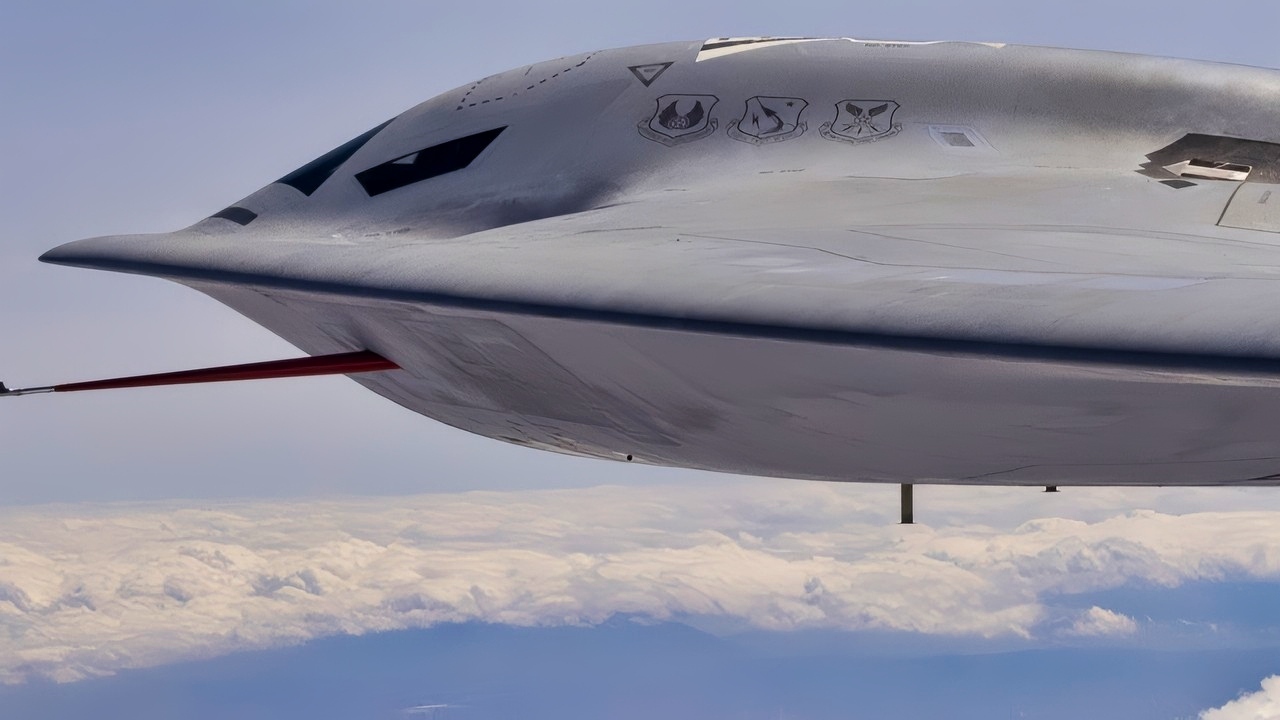
B-21 Raider. Image Credit: U.S. Air Force.
-Optional manning beckons, but human endurance and training culture argue for caution. Autonomy also collides with the nuclear enterprise, where human-in-the-loop remains doctrine.
-Upside: faster kill chains and mission flexibility.
-Risk: requirement creep and over-promising. As production ramps up, the USAF must lock roles, crew concepts, and limits to capture the gains without creating costly pivots later.
Bomber to Battle Manager: Why the B-21 Raider May Fly With One Pilot
We are learning more about how the Air Force intends to use its new strategic bomber. As Caleb Larson has noted in these pages, the idea of a single-pilot B-21 Raider is now circulating in US Air Force discussions about the bomber’s future.
A memo written by General Thomas Bussiere suggested that future Raider crews would consist of a single pilot and a Weapon System Officer (WSO), rather than two pilots.
This breaks with long-term U.S. Air Force (USAF) practice of crewing strategic bombers (which conduct time-consuming, extreme long-range missions) with two pilots.
Why the change? Technology and new expectations about mission requirements are forcing a rethink on what the B-21 will be expected to do in a combat situation.
B-21 Raider Explained
The B-21 is the Air Force’s answer to the problems with its strategic bomber force.
The USAF expects to acquire at least a hundred of the bat-winged stealth aircraft, making it the mainstay of the bombing force for the rest of the 21st century.
The original concept for the B-21 included the idea of an optionally manned version of the aircraft, which seemed curious given the tremendous expense of the bomber.
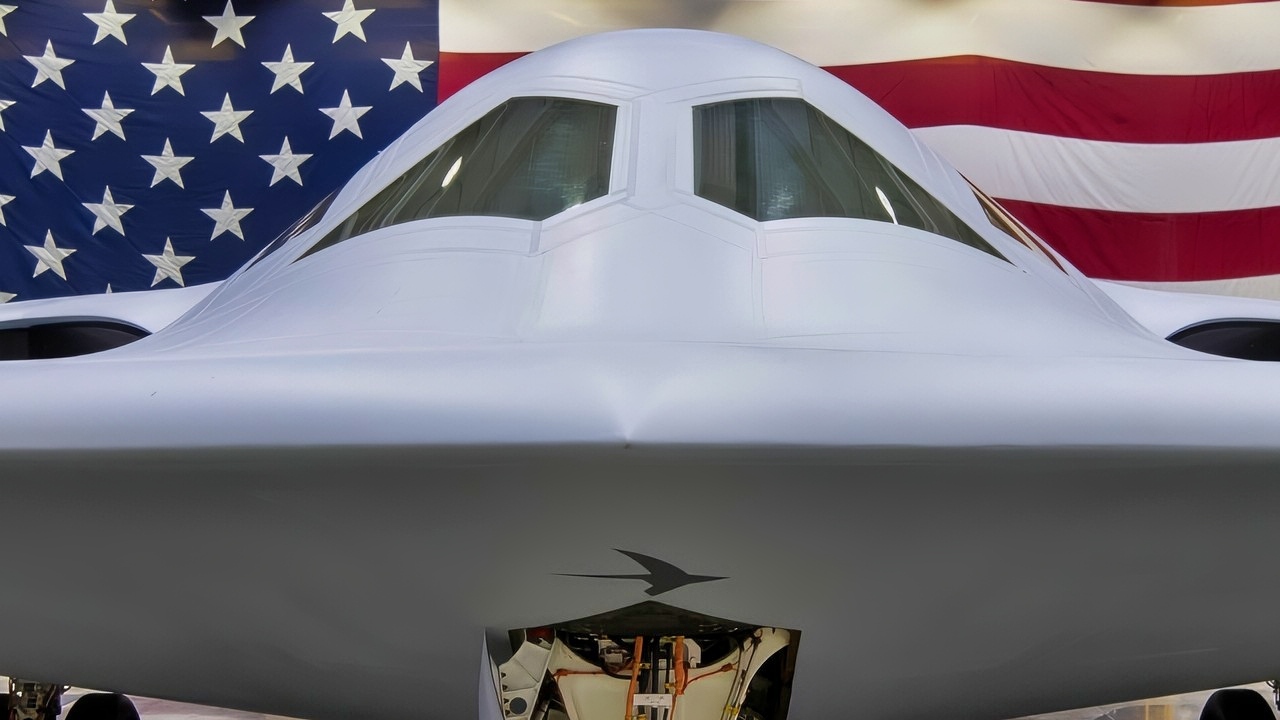
The B-21 Raider was unveiled to the public at a ceremony December 2, 2022 in
Palmdale, Calif. Designed to operate in tomorrow’s high-end threat environment, the B-21 will play a critical role in ensuring America’s enduring airpower capability. (U.S. Air Force photo)
The reasons for this had less to do with concerns over the survival of the pilot in hostile airspace than on the value of persistent presence; an unmanned Raider could (with aerial refueling) remain on station for an extended period of time, exploiting opportunities for strike as they arose.
Weapon Systems Officer
The emphasis on a WSO in the second seat suggests that the Air Force wants to lean into a model where the Raider is more than just a bomber; it is a multi-mission penetration platform. Relieving the WSO of piloting duties would allow him or her to focus on the management of sensors, communications with other platforms, and especially accompanying drones.
The B-21 is less a bomber than the lead element of a system-of-systems intended to analyze and crack open a well-defended anti-access network.
To the extent that a WSO helps with that mission more than a second pilot, shifting the responsibilities of the second seat makes sense.
Optionally Manned
But if only one pilot, then why any pilots at all?
The replacement of the second pilot does not solve human-generated problems of persistence. There is a limit on how long one or even two pilots can be relied upon in combat settings, a limit that can be manipulated by sleep schedules and performance-enhancing drugs but that cannot be eliminated.
If the Raider works well as a multi-mission platform with only a single pilot, it could arguably perform even better without a second person in the cockpit, or by assigning that second person to a support WSO role.
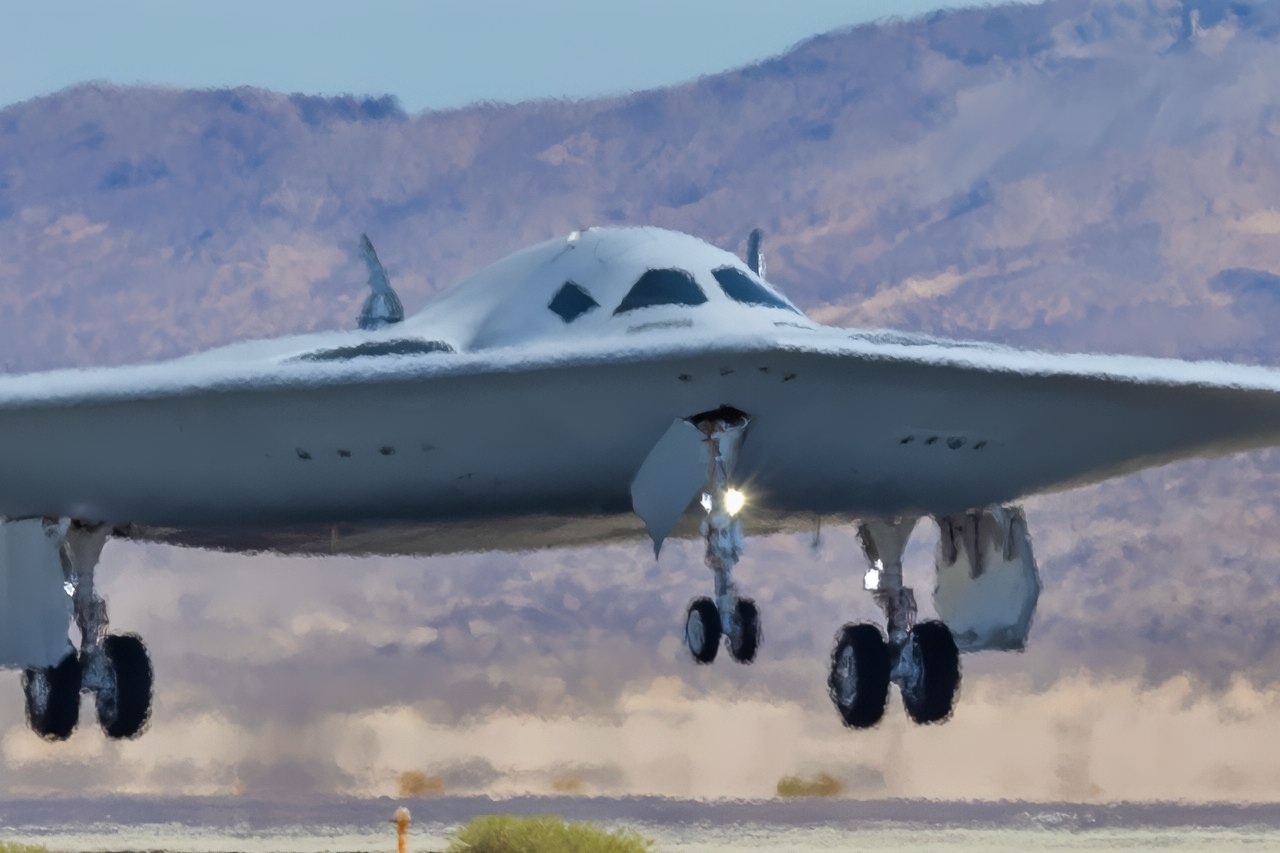
A B-21 Raider test aircraft lands at Edwards Air Force Base, Calif., during ongoing developmental flight testing, Sept. 11, 2025. The B-21 will be the backbone of the bomber fleet; it will incrementally replace the B-1 Lancer and B-2 Spirit bombers. (U.S Air Force photo by Todd Schannuth)
That might be a lot, however, for the Air Force (and especially the Air Force’s pilots) to accept.
The Nuclear Enterprise
Reduced or optional manning for the B-21 opens some uncomfortable questions about the autonomy, AI, and the nuclear enterprise.
The “keep a human in the loop” idea has (sometimes uncomfortably) guided much thinking about the development of autonomous weapon systems.
The reality of AI may be on its way to making that conversation obsolete, but concerns about human control get particularly sharp when nuclear weapons become involved.
To be sure, all major nuclear powers accept a degree of autonomy when they develop ballistic missiles (most of which cannot be recalled or destroyed in flight).
The US may not have any plans for employing autonomous features in the nuclear role, but in context of a complicated battlespace involving systems capable of both nuclear and conventional missions, the distinction could be lost upon an adversary.
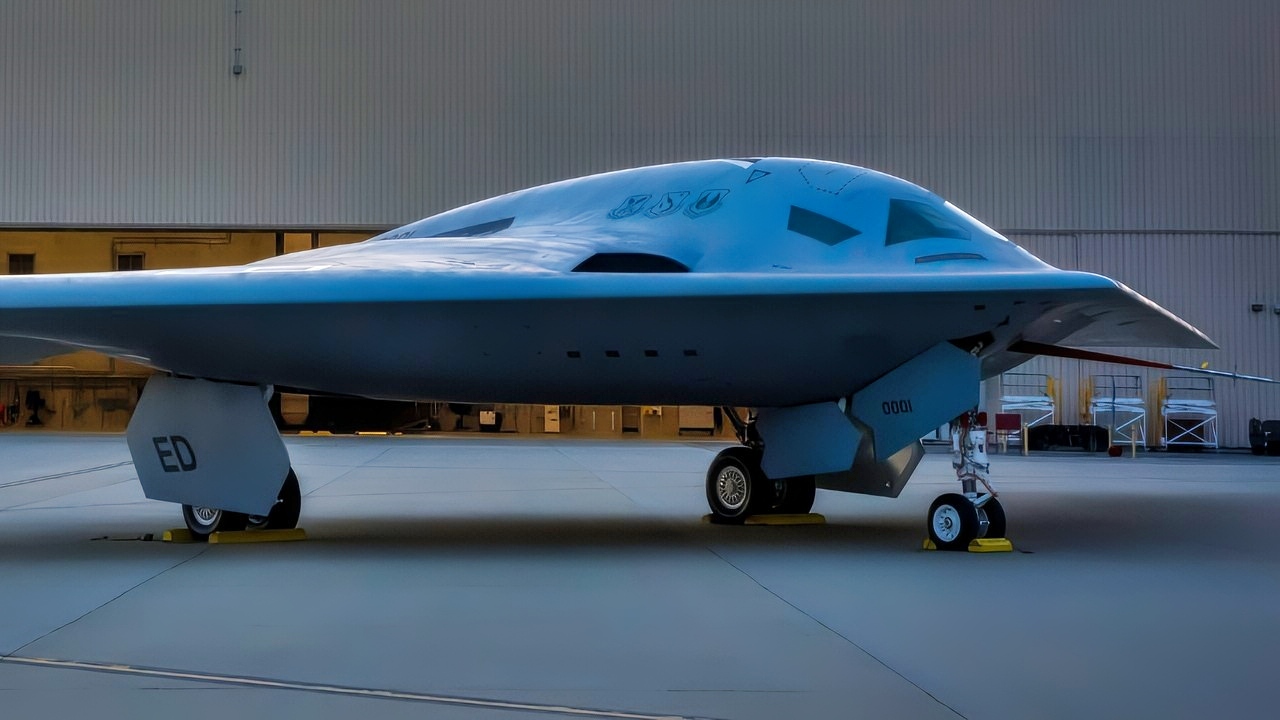
The B-21 Raider is designed with an open systems architecture, enabling rapid insertion of mature technologies and allowing the aircraft to be effective as threats evolve. The bomber was designed up front for supportability and maintainability-based upon decades of lessons learned and best practices from prior aircraft programs-to improve long-term affordability and outcomes in operations and sustainment. The B-21 first flight is anticipated to take place in calendar year 2023. (U.S. Air Force photo)
What Happens Next on the Raider Bomber?
It is simultaneously reassuring and worrying that the basic configuration of the B-21 project continues to evolve.
The first aircraft are under construction and we’re still having foundational conversations about how the bomber will be operated.
This speaks well of the flexibility of a system that was designed with… well, flexibility in mind.
On the other hand, the history of high-technology defense acquisition is littered with projects that either took on more than they could chew due to evolving requirements or never found their niche because of changes in mission and technology.
Given the stakes the US Air Force is risking in the B-21 Raider’s success, any modification to its expected mission requires extraordinary care to mitigate downstream consequences.
These planes are supposed to provide America’s nuclear deterrent for the next hundred years; best not let figments of technology put that goal in jeopardy.
About the Author: Dr. Robert Farley, University of Kentucky
Dr. Robert Farley has taught security and diplomacy courses at the Patterson School since 2005. He received his BS from the University of Oregon in 1997, and his Ph. D. from the University of Washington in 2004. Dr. Farley is the author of Grounded: The Case for Abolishing the United States Air Force (University Press of Kentucky, 2014), the Battleship Book (Wildside, 2016), Patents for Power: Intellectual Property Law and the Diffusion of Military Technology (University of Chicago, 2020), and most recently Waging War with Gold: National Security and the Finance Domain Across the Ages (Lynne Rienner, 2023). He has contributed extensively to a number of journals and magazines, including the National Interest, the Diplomat: APAC, World Politics Review, and the American Prospect. Dr. Farley is also a founder and senior editor of Lawyers, Guns and Money.
More Military
The Russian Military Is In Crisis
The U.S. Military’s Superpower Status Is Slipping Away
The F-35 Looks Like It Might Be In Real Trouble Now
The F-22 Raptor Has 1 Enemy It Can Never Beat (Not Russia or China)


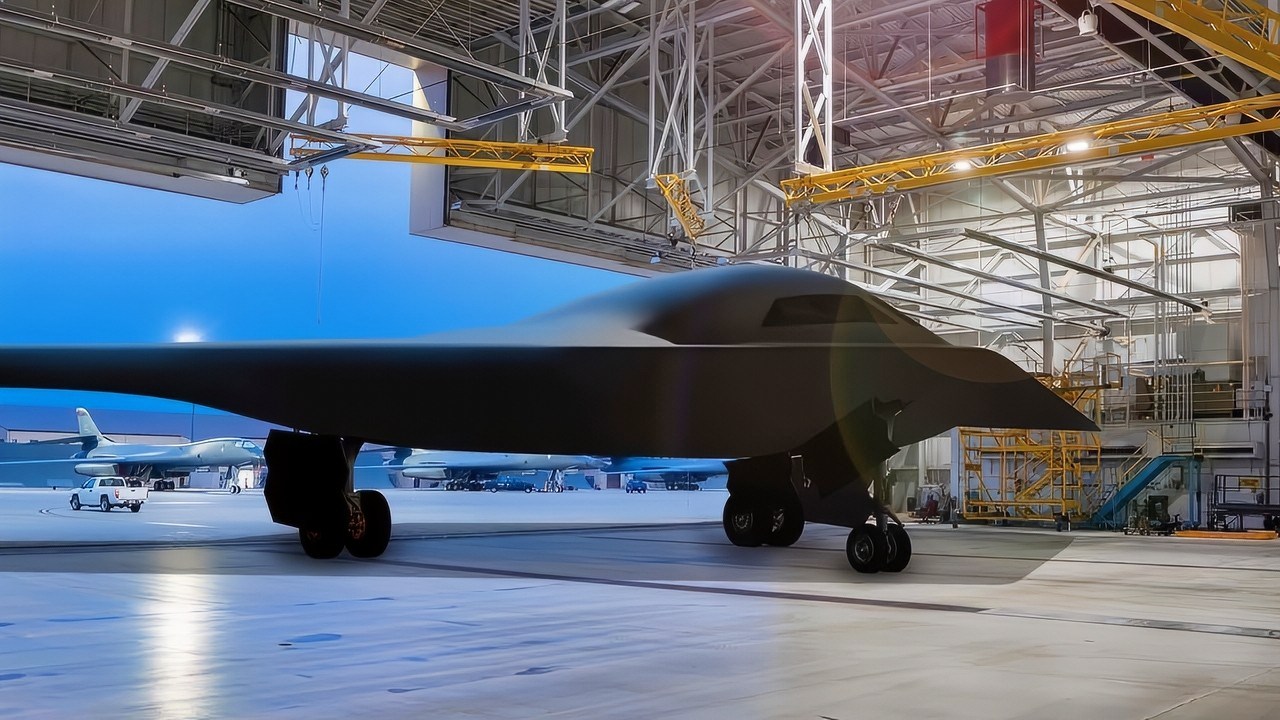








angelo corbin
November 11, 2025 at 10:54 pm
The article is stupid, they will always have 2 pilots because of long range of flight, to think otherwise is nonsense. With the advancement of quantum computers which makes supercomputers obsolete, newer aircraft and space craft will take us into a new area and put America many decades ahead of any country, because we will be able to design and test new aircrafts with AI and solve the issue of gravity on the human body.